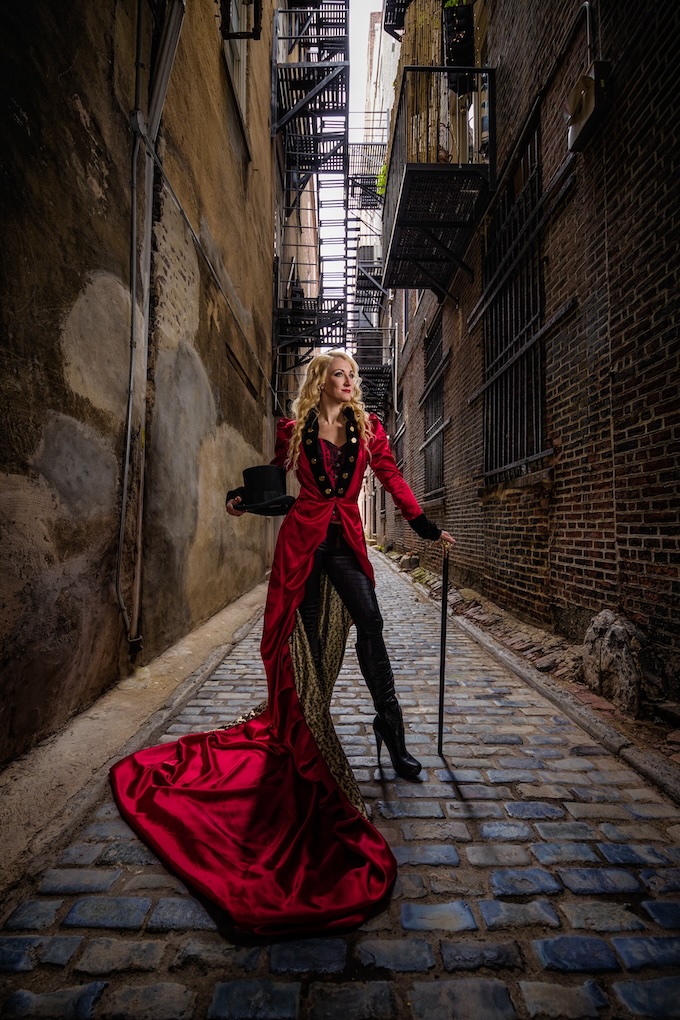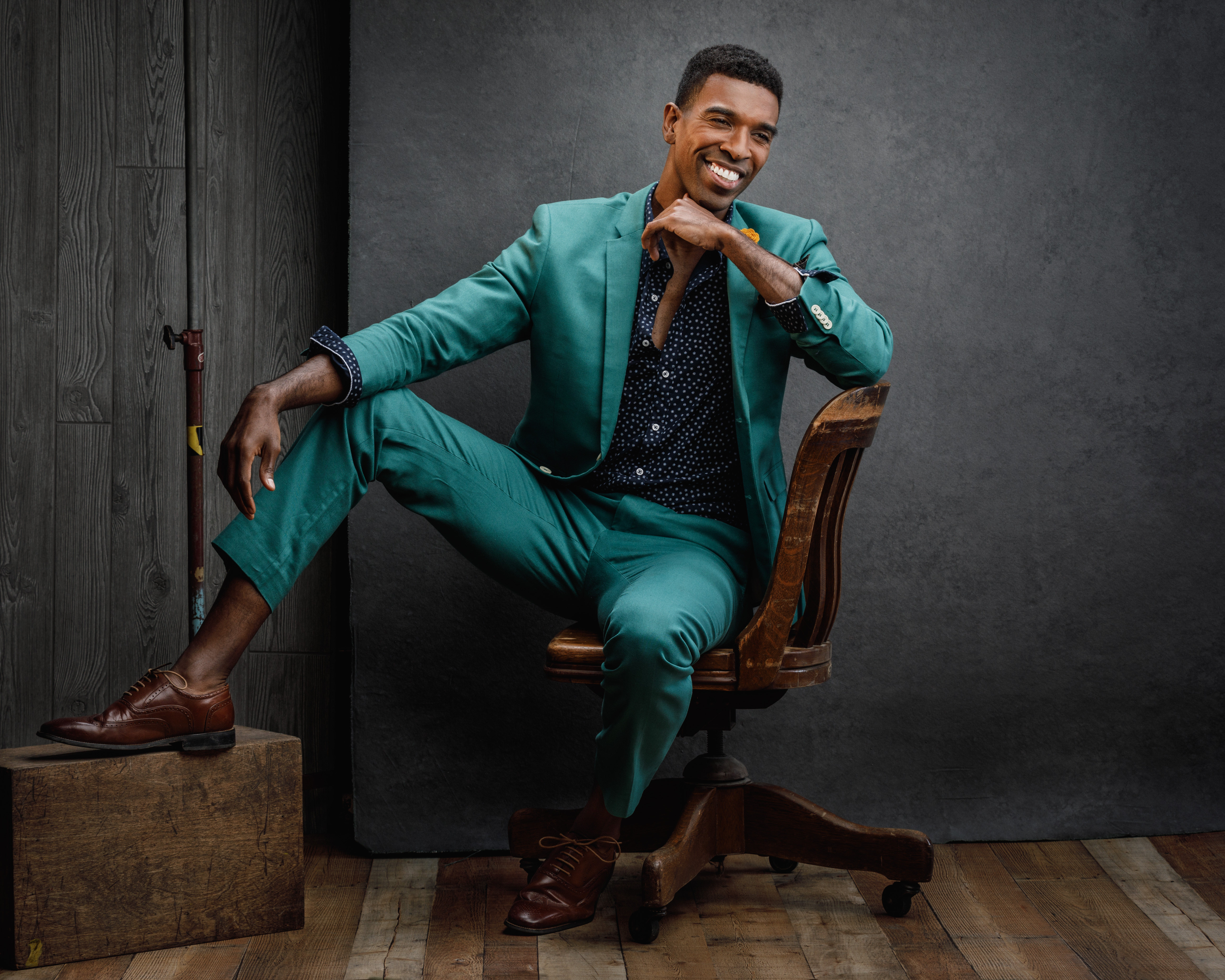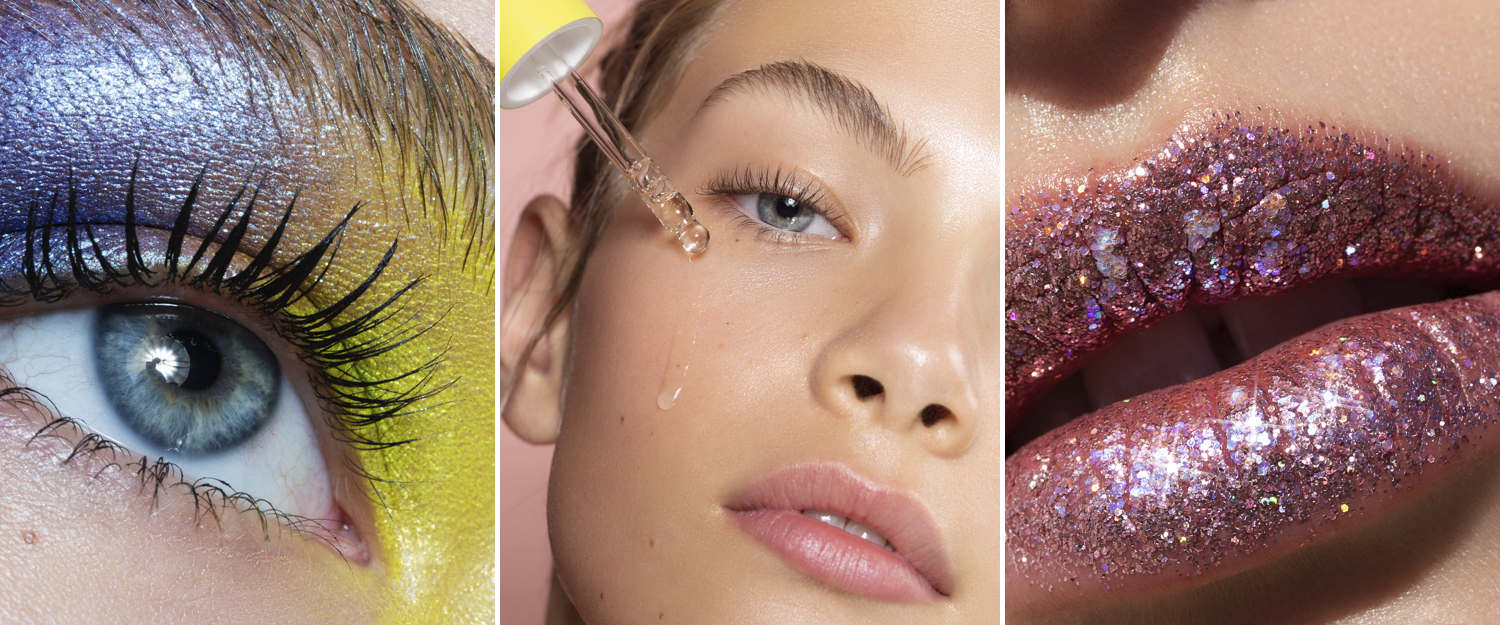Beauty, Glamour + Fashion
4 Tips to Working with Beauty Photography Teams
January 24, 2019
An image from a recent test with two of my regular beauty team artists, Dee Daly and Marley Gonzalez. I knew I wanted to experiment with creating a soft focus effect in camera, and once I showed Dee and Marley what that would look like, they collaborated on a retro-inspired glam beauty look. Without having any mood boards going into the shoot, our ideas came together in a cohesive manner very quickly because we’ve worked together numerous times.
As a beauty photographer, the two most important aspects to any shoot are hair and makeup. Over time, I’ve cultivated relationships with makeup artists and hair stylists whose creative vision I trust, who have aesthetics that run fairly parallel to my own and with whom I enjoy working. It’s extremely important to have beauty teams you can trust and rely on (and vice versa) because if one of those aspects suffers, it will have a huge effect on the shoot as a whole.
Although any relationship requires two people to work, the photographer can make or break it with just a few simple things. I asked my own beauty teams what they look for in a long-term relationship with a photographer.
1. Listen and be open to ideas.
The number one reason hair and makeup artists attribute to no longer wanting to shoot with certain photographers is too much ego. To put it simply, people want to work with those they like being around. If the photographer is talking down to people, dismissing their ideas or is disorganized, it can make everyone involved uncomfortable, which ultimately causes the work to suffer. Here’s what some of the artists told me:
“I want to make sure we are collaborating, that everyone is contributing to the overall look and feel of the shoot and that everyone’s voice is heard. What turns me off from photographers is ego. We are all trying to create something beautiful—there is no time for ego. Everyone’s role is important and we all come with ideas and are giving our best, so if a photographer isn’t open to that, I won’t work with them.” —Dee Daly, makeup artist
“I think self-centered people make it hard to produce work that is genuinely collaborative. A photographer who is led purely by ego creates a working environment of fear and hostility and that, in my experience, isn’t where true art comes from.” —Harriet Hadfield, makeup artist
“I love a photographer that recognizes that I know what I’m doing. I hate someone who micromanages, or who hires me based on my portfolio but then tells me exactly what to do. At that point, my vision is no longer my vision—more of a paint by numbers.” —Dana Delaney, makeup artist
“Often the photographer sets the tone for the day. Having a fun, calm and productive energy on set is great. I love working with these kinds of teams.” —Ashley Lynn Hall, hair stylist
My most successful shoots are when my beauty teams and I fully collaborate. I am very open to ideas—in fact, I expect my team to come with ideas and inspiration. I don’t want to dictate or micromanage every aspect of a shoot, and my beauty teams want the freedom to also be creative. I want to be able to do what I do best, which is create images through lighting and composition, while my hair and makeup artists do what they do best.
That’s not to say both hair and makeup get complete creative freedom. It is the job of the photographer to be able to reign in ideas if they are competing with one another, which brings me to my next point.
2. Have a creative vision.
While I give my hair and makeup artists a lot of creative freedom within a shoot, I do give them a rough idea of what I want to achieve. As makeup artist Nicole Walmsley told me, “I love working with photographers that have a clear vision of what they want for a shoot. This might be by providing inspiration, images and concepts that help guide the team in one particular direction.”
Most often, this is in the form of a mood board, which, for me, usually references lighting and mood more than specific hair and makeup references. I will send that out prior to the shoot. By being able to narrow down what you want to achieve within a shoot, it helps ensure that hair and makeup will come up with ideas that complement rather than compete with each other.
3. Be able to deliver a consistent level of work.
When testing, everyone involved is donating their time and energy, and naturally, they want to make sure they are going to get something worthwhile out of it. Here’s what my team said about this:
“As a makeup artist, I think it’s important for images not to be retouched too much and for the subject to still look human and that the integrity of my makeup stays intact.” —Jadyn Ngo, makeup artist
“What brings me back to particular photographers is that they have some basic knowledge about makeup, like how to light certain looks. I can do a beautiful glitter look and it can be totally lost without the correct lighting.” —Dana Delaney, makeup artist
“When doing a beauty shoot, it’s important that a photographer practices restraint when it comes to retouching. Things seem to be swinging back around where we see more skin, texture and natural beauty of our models. I love when a photographer or retoucher can enhance what we’ve done on the shoot but not smooth things out or change colors so completely that you lose all of the intricacies of the work of the hair and makeup artists.” —Nicole Walmsley, makeup artist
Know your lighting. When it comes to beauty shooting, think about what’s most important. Generally speaking, that’s the makeup, skin and hair. Master a single lighting setup before moving on to something else.
Most importantly, have good retouching skills (or be prepared to work with good retouchers). A big complaint from beauty teams (and makeup artists, especially) is poorly retouched images. Makeup artists work hard at their craft and they don’t appreciate photographers changing their makeup during the retouching stage. They want to see evenly retouched, beautiful skin, enhancing the image without being noticeable.
This is not to say that you shouldn’t use test shoots to try out ideas, because you absolutely should. It always comes back to my first point: communication. I always let my team know when I’m going to try something that might not be what they expected, but I also make sure to allot time to shoot what I know will work for their sake.
4. Actually deliver the images.
I’m always surprised at the amount of times I hear makeup artists and hair stylists complain that they have tested with photographers and then never see the images. I know we all get busy, but if you’ve brought people together for a test shoot, the least you can do is actually deliver finished photos to the team.
Taking this one step further, I believe it’s important to deliver images that are beneficial to those involved. If the hair stylist spent hours perfectly curling and placing the hair, don’t only deliver close-ups that barely show their hard work. Make a point of retouching at least one crop that shows the full (or nearly full) hairstyle for each look. Similarly, always retouch at least one close-up face shot that is solely focused on makeup.
If you’re having trouble figuring out what might be beneficial to the team, send them a cull of your favorite images and ask them to pick out their favorites. Not only will this ensure that you give them something they’re excited about, but it will also make everyone feel more involved—and help to solidify the relationship.
Angela Marklew is a beauty, fashion and portrait photographer based in Venice, California. Before she was a photographer, she worked as a chemist testing explosives for the Canadian government.
Related Links
What Does Your Creative Team Really Think of You?
The 6 Essential Steps to Retouching Natural Skin in Beauty Photos





